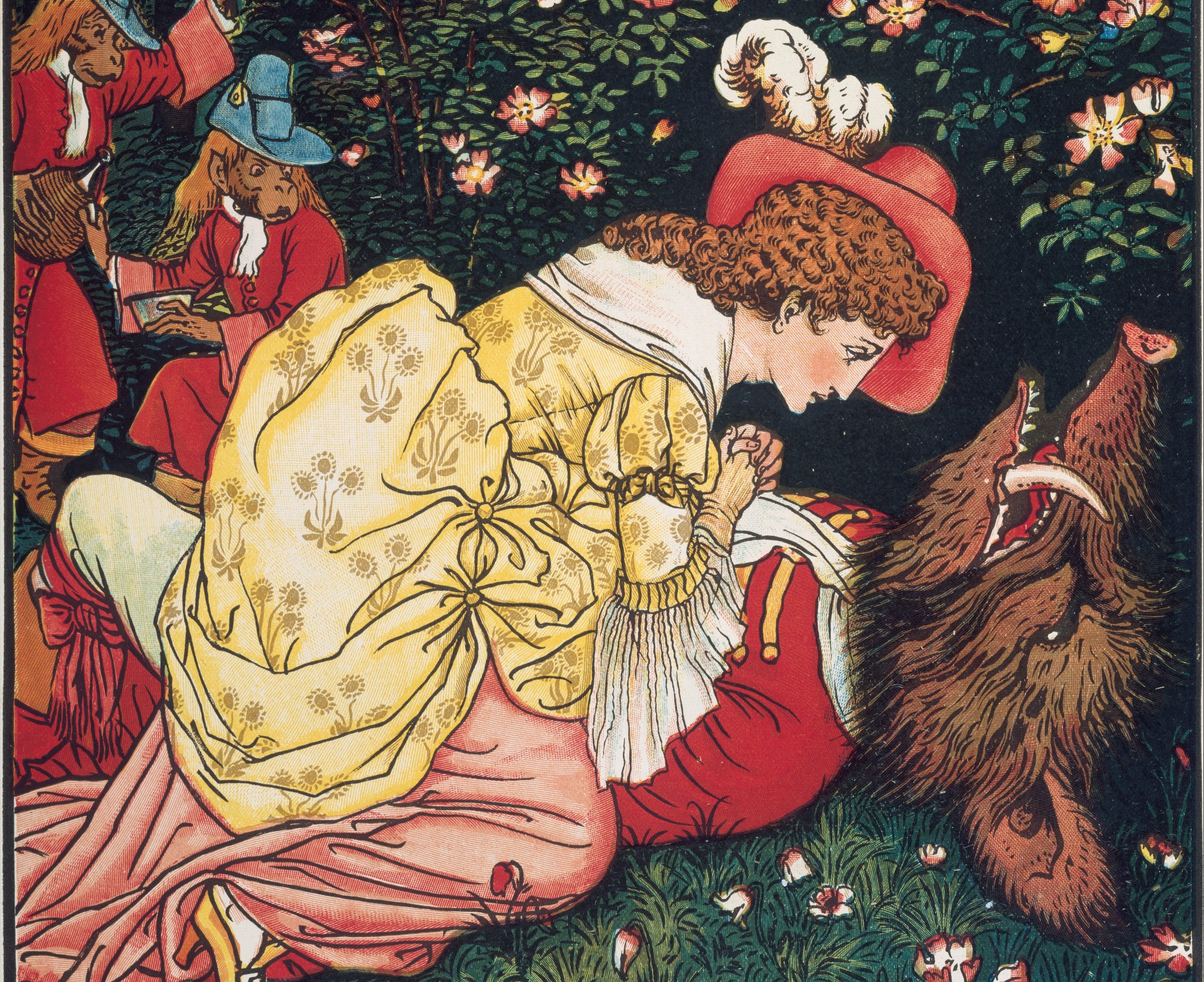
Beauty and the Beast—A SWU Production Review
Dynestee Fields
If asked to explore the depths of their childhood memories, many people can easily identify the following tale. An arrogant, young Prince is cursed by a disguised Enchantress. As a result of this, he and his servants lose their human forms until the Prince (now Beast) can find a girl to love him. Elsewhere, a beautiful misfit dreams of abandoning her village for the sake of adventure. As with most fairy tales, fate brings them together to form the happy ending that is still being enjoyed by people today.
The story of Beauty and the Beast is known far and wide as a tale as old as time. This fact is likely the reason behind Southern Wesleyan University’s successful musical adaptation of the play, which nearly sold out of tickets for its four performance tenure in the Newton Hobson auditorium. The musical, originally produced by Disney Theatrical Productions, was adapted by the faculty and students of SWU to create a living performance that, being far from stationary, incorporated the audience into its activities.
Despite the inventive blocking, the actors were the highlight of the production. Graduating senior Caroline Sweatt proved to be a much more sarcastic Belle than the one that most of us remember from our Disney saturated upbringings. This attitude helped to add a refreshing element to the story. Wesley Henson’s portrayal of the Beast was a whole lot closer to the original version of the character. However, Henson’s acting skills must be applauded for being superb and diverse. Henson effortlessly portrayed the deep growl of the Beast in both dialogue and song. However, post transformation at the play’s end, Henson’s voice reverted to a much softer version of itself, now completely unrecognizable from the howl of the Beast.
If there was any role that was ever created for an actor, then the character Gaston was made for Josh Arledge. Josh brought Gaston to life, adhering wholeheartedly to the original version of the musical, yet seemingly infusing some magical element into the performance. Gaston’s trusty and energetic sidekick, Lefou, portrayed by Patrick Hampton, was an excitable and reactionary flame throughout the entire show. The duo captured the audience’s attention whichever way they turned.
The vocal element of the show is ringed in complexity, and provides a challenge for me to review. The production opened with a voice over (Ken Dill) that narrated the events that led up to the young Prince’s transformation into the Beast. However, this narration was barely audible. Also while discussing this sequence, it is important for me to note that the blocking was not suitable. The Beast and the Enchantress were standing much too far away from each other, with each standing on opposite ends of the stage. This stole from the believability of their interaction. The blocking may have been done this way to allow audience members with more distant seats to see the stage. However, the result of this is that a chasm was opened up between the characters, into which their relationship fell.
The musical scores themselves were, in many scenes, full of grandeur, but also a bit of confusion. “Belle” was a lively performance that one could tell was given a lot of thought by the director. Actors and actresses streamed around the audience in a colorful array of costumes that, though not overly detailed like the ones featured in period dramas, managed to capture the dually humorous and dramatic mood of the play quit well. Most notable of these outfits were the costumes worn by Gaston’s groupies. In addition to blue, green, and pink neon dresses, they each wore makeup that exemplified their provocative natures.
The audience was completely immersed in the events that were happening, likely owing to the fact that the set encircled them. Unfortunately, however, this was also a catch twenty-two because there were times when the audience’s view was partially obscured. For example, some people seated on the front row had their view obscured on occasion by the fountain and the people who were standing around it during this number (Belle). In addition to this, many of the actors who were not main characters were not wearing microphones, which resulted in them being partially inaudible.
One of the most looked forward to songs in any production of Disney’s Beauty and the Beast is the song “Be Our Guest.” SWU’s portrayal of this classic song did not disappoint. Most surprisingly, the audience members who were seated closest to the stage actually got to indulge in some of the food that was being mentioned, namely “the grey stuff”… that is “delicious.”
This number featured a variety of energetic, dancing utensils, such as: napkins, forks, and spoons. Although Belle was never actually seen eating anything, this song was well coordinated, and the audience was once again immersed in the action. This fact, paired with the on point orchestral and vocal talent that was displayed, made this aspect of the play lively and highly enjoyable.
“Something There” was noticeable due its sincere portrayal and melodious quality. Something about this particular song contributed an ethereal aspect to the play, adding to the magical quality that is exemplified elsewhere through the Enchantress and the magical rose. “Something There” turned out to be a profound display of the growing romance between Belle and the Beast. It is doubtful that the romance could have been shown in a more clarifying way than it was in this song.
Finally, the song “Beauty and the Beast” brought the audience members to the conclusion that the show had been approaching ever since the first notes of “Belle” floated through the air. Like any great culmination, this song was dynamic and breathtaking. It was on this grand note that the play came to a close, and the audience clapped for joy knowing that SWU’s portrayal of the tale as old as time had ended in a grandeur compatible with the original’s timeless nature.